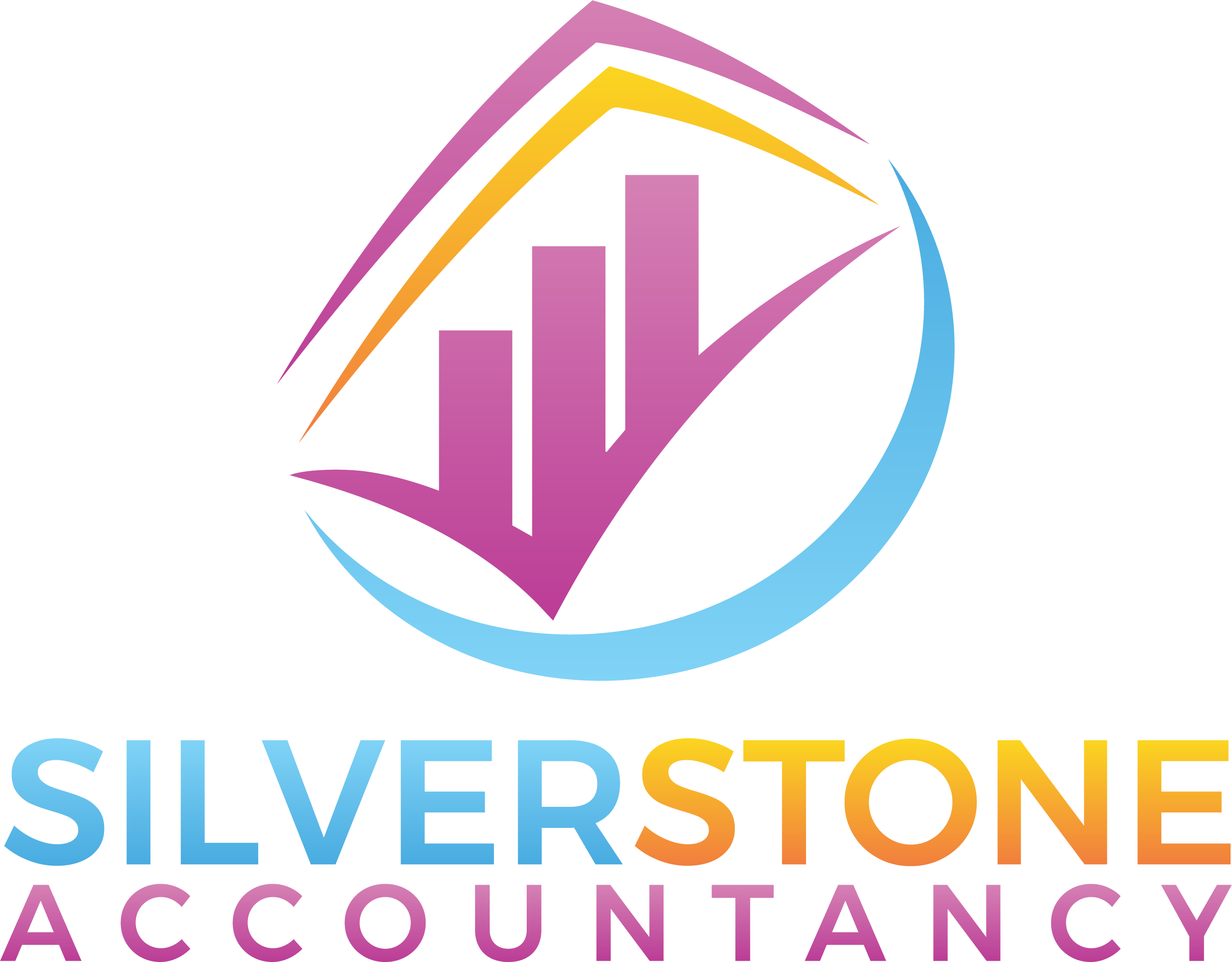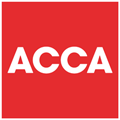Occupational pension schemes require the establishment of a trust in order to gain the tax advantages and to ensure that the assets of the pension scheme are kept separate from those of the employer. We outline in this factsheet the main responsibilities of occupational pension scheme trustees. If your business is in the Lancashire area we, at Silverstone Accountancy, are able to advise you on the accounting and audit requirements of your scheme.
Many employers offer their staff an opportunity to save for their retirement through an occupational (or company) pension scheme.
Those employees who join the scheme need to have confidence that the scheme is being well run.
The role of pension scheme trustees is very important in ensuring that the scheme is run honestly and efficiently and in the best interests of the members.
We outline in this factsheet the main responsibilities of occupational pension scheme trustees.
Background
The Pensions Act 1995 (the Act) brought about a number of major changes to the way occupational pension schemes are run. The 2004 Pensions Act brought about further change and introduced, in April 2005, The Pensions Regulator (TPR) as the UK regulator of work-based pension schemes.
TPR has an important role in the pension sector. Its objectives, as set out in legislation, are to:
- protect the benefits of members of work-based pension schemes
- protect the benefits of members of personal pension schemes (where there is a direct payment arrangement)
- promote, and to improve understanding of the good administration of work-based pension schemes
- reduce the risk of situations arising which may lead to claims for compensation being payable from the Pension Protection Fund
- maximise employer compliance with employer duties and the employment safeguards introduced by the Pensions Act 2008
- minimise any adverse impact on the sustainable growth of an employer (in relation to the exercise of the regulator’s functions under Part 3 of the Pension Act 2014).
TPR has three core powers that underpin its regulatory approach:
- investigating schemes by gathering information that helps them identify and monitor risks
- putting things right where problems have been identified
- acting against avoidance to ensure that employers do not sidestep their pension obligations.
In fulfilling its role, TPR produces important guidance for those involved with pension schemes including trustees as well as auditors and actuaries. This guidance is available from TPR’s website.
The Pensions Act 2008 introduced a requirement on UK employers to automatically enrol all employees in a ‘qualifying auto-enrolment pension scheme’ and to make contributions to that scheme on their behalf. Enrolment may be either into an occupational pension scheme or a contract based scheme.
Many contract based schemes are group personal pensions where an employer appoints a pension provider, often an insurance company, to run the scheme. The National Employment Savings Trust (NEST) is a government backed pension scheme that employers can use for auto enrolling employees.
Compliance with the regulations started from 2012 for the largest employers. The deadline for being compliant (an employer’s ‘staging date’) is determined by the number of people in their PAYE scheme and for smaller employers is between 2012 and 2018.
Further information is available here.
Pension scheme classification
Employers can help promote retirement benefits for their employees in a number of ways including:
- occupational schemes
- group personal pension schemes
- stakeholder schemes.
Group personal pension schemes and stakeholder schemes are personal plans in individual member’s names, where the employer simply acts as an administrator. There are no accounting or audit requirements for these types of schemes.
An occupational pension is an arrangement an employer can use to provide benefits for their employees when they leave or retire.
There are two main types of occupational pension scheme in the UK:
- salary-related schemes
- money purchase schemes.
Whatever the type of scheme, it will usually have trustees.
The role of trustees
Most company pension schemes in the UK are set up as trusts. There are two main reasons for this:
- it is necessary in order to gain most of the tax advantages
- it makes sure that the assets of the pension scheme are kept separate from those of the employer.
A trustee is a person or company, acting separately from an employer, who holds assets for the beneficiaries of the pension scheme. Trustees are responsible for ensuring that the pension scheme is run properly and that members’ benefits are secure.
In fulfilling their role, trustees must be aware of their legal duties and responsibilities. The law requires trustees to have knowledge and understanding of, amongst other things, the law relating to pensions and trusts, the funding of pension schemes and the investment of scheme assets.
The law also requires trustees to be familiar with:
- certain pension scheme documents including the trust deed and rules
- the statements of investment principles and funding principles.
A code of practice has been issued by TPR explaining what trustees need to do in order to comply with the law in this area. Trustees should arrange appropriate training as soon as they are appointed and should then continue with their learning to keep their knowledge up to date. New trustees have six months from their appointment date to comply with this requirement.
Trustees’ duties and responsibilities
Trustees have a number of very important duties and responsibilities, which include:
- acting impartially, prudently, responsibly and honestly and in the best interests of scheme beneficiaries
- acting in line with the trust deed, scheme rules and the legal framework surrounding pensions
In addition to these general duties, trustees also have a number of specific duties and tasks that they must carry out. The main tasks are to ensure the following happen.
- Contributions
The employer accurately pays over contributions on time. There are strict rules covering this area.
- Financial records and requirements
- The right benefits are paid out on time.
- An annual report is prepared (see annual report below).
- An auditor’s statement is obtained confirming details of the payment of contributions to the scheme and, if required, an audit of the scheme accounts is arranged.
- Investment
The pension fund is properly invested in line with the scheme’s investment principles and relevant law.
- Professional advisers
Suitable professional advisers are appointed as running a pension scheme is complicated and often specialist advice will be needed.
- Pension scheme records
Full and accurate accounting records are kept, which include records of past and present members, transactions into, and out of, the scheme and written records of trustees’ meetings.
- Members
Members and others are provided with information about the scheme and their personal benefits.
- Registration, the scheme return and collecting the levy
TPR is provided with information required by law for the register, that the scheme’s annual return is completed and the annual levy for the scheme is paid.
Related matters
Reporting to TPR
Where a breach of law takes place and it is likely to be materially significant to TPR, trustees and indeed others involved in running the scheme have a legal duty to report the breach to the regulator. Code of practice 01, ‘Reporting breaches of the law’ provides guidance on the factors that should be considered when deciding to make a report.
In addition, trustees also have to notify TPR when particular scheme-related events happen. These are known as ‘notifiable events’, also the subject of a code of practice.
The annual report
The trustees of most schemes must make an annual report available within seven months of the scheme year end. The report usually includes:
- a trustees report, containing investment, legal and administrative information about the scheme
- actuarial information, if applicable
- governance information, if applicable
- the audited accounts and audit report.
Trustees’ liability
If something does go wrong with the pension scheme, trustees may be held personally liable for any loss caused as a result of a breach of trust. This could happen when, for example:
- a trustee carried out an act which is not authorised under the trust deed and scheme rules
- a trustee fails to do something that should have been done under the trust deed and scheme rules
- a trustee does not perform one or more of their duties under trust law or pension legislation or does not perform them with sufficient care.
The rules of the pension scheme might protect trustees from personal liability for a loss caused by breach of trust, except where it is due to their own actual fraud. In some cases, the employer may provide indemnity insurance for the trustees.
How we can help
If you are located in the Lancashire area we would be pleased to discuss your role as an occupational pension scheme trustee in more detail. We are also able to advise on the accounting and audit requirements of your scheme. Please contact us at Silverstone Accountancy for further information.

